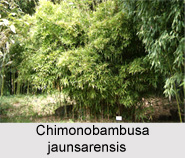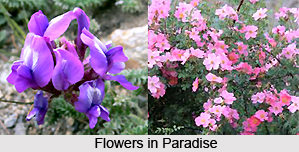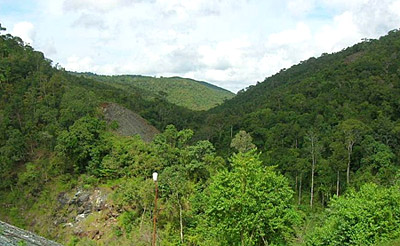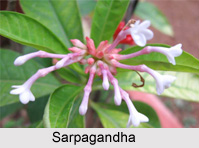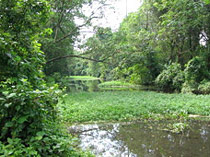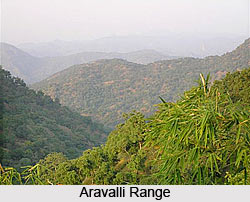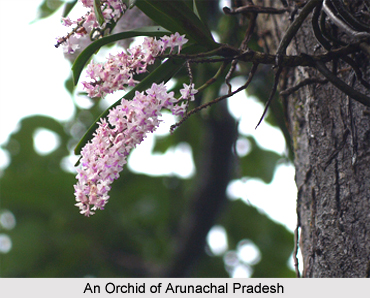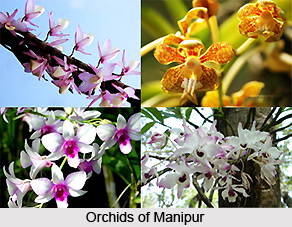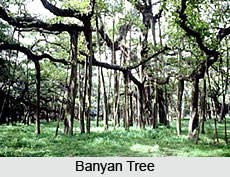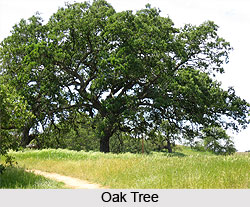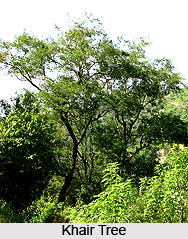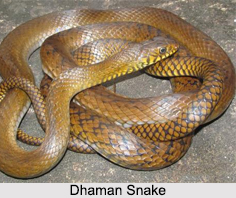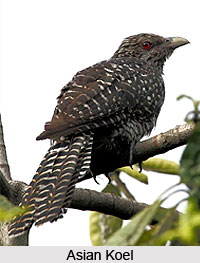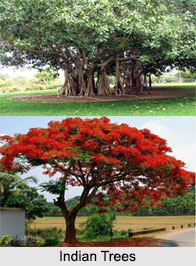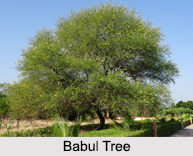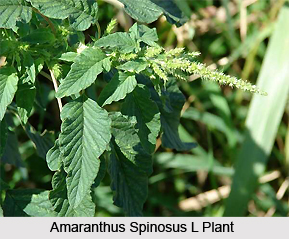 Amaranthus spinosus is an erect, branched, annual or perennial herb. The colour varies from green to purple. The plant can be 30-60 centimetres tall with hard, straight and are paired with axillary spines. The leaves are long-peti-oled, oblong, ovate-elliptic or lanceolate, acute or obtuse and base cuneate. They are generally 1-6 centimetres long and 0.5-2.6 centimetres wide. The flowers are minute, greyish-green in colour, basically borne in dense axillary clusters or terminal spikes. The bracts and bracteoles are narrowly ovate-lanceolate. The fruits are dehiscent; and the seeds are oblong, black, compressed and shining. The flowers and fruits are blossomed throughout the year.
Amaranthus spinosus is an erect, branched, annual or perennial herb. The colour varies from green to purple. The plant can be 30-60 centimetres tall with hard, straight and are paired with axillary spines. The leaves are long-peti-oled, oblong, ovate-elliptic or lanceolate, acute or obtuse and base cuneate. They are generally 1-6 centimetres long and 0.5-2.6 centimetres wide. The flowers are minute, greyish-green in colour, basically borne in dense axillary clusters or terminal spikes. The bracts and bracteoles are narrowly ovate-lanceolate. The fruits are dehiscent; and the seeds are oblong, black, compressed and shining. The flowers and fruits are blossomed throughout the year.
Amaranthus spinosus is a pantropical and subtropical weed native to tropical America. In India it is often cultivated and is very common in crowded, open habitats such as cultivated fields and. roadsides throughout the country. It is commonly known as `kantamaris` in Bengali, `kantanu dant` in Gujarat and `alpa-marisha` in Sanskrit.
Amaranthus spinosus is reckoned as diuretic, emollient, sudorific and febrifuge. This plant is recommended for treating eruptive fevers, as a galactagogue and as a remedy for colic. A decoction of amaranthus spinosus is considered useful for the improvement of digestion. The leaves of the plant are applied as a poultice to relieve bruises, abscesses, burns, wounds and inflammations. The infusion of the plant is used as a diuretic property. The root is used to treat menorrhagia, gonorrhoea, eczema and inflammatory swellings. The powdered root of the herb is used as a remedy for paronychia. The roots and leaves are boiled and given to children as a laxative. The Santhalis and Paharia in eastern Bihar use the root extract as a vermicide. The people of southern Orissa use the aqueous decoction of the root to cure chronic diarrhoea. According to the practitioners of Ayurveda, the root is used to treat uterine diseases.
